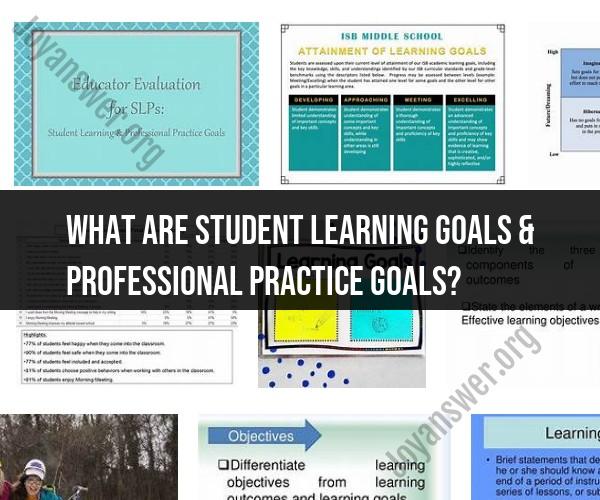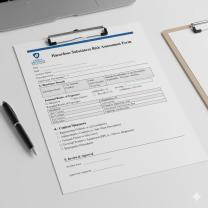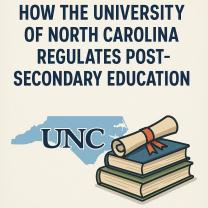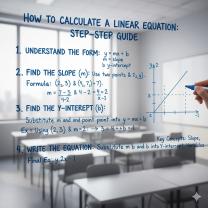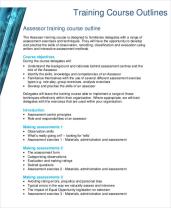What are student learning goals & professional practice goals?
"Striving for Excellence" is a proactive approach to personal and professional growth, whether as a student or a professional. It involves setting and pursuing goals that enhance your skills, knowledge, and overall effectiveness. In both educational and professional contexts, there are two types of goals to consider: Student Learning Goals and Professional Practice Goals.
Student Learning Goals:Student learning goals are objectives that students set for themselves to enhance their academic performance and overall learning experience. These goals are designed to help students succeed in their studies and gain a deeper understanding of the subject matter. Here's how to set and achieve student learning goals:
Specific Objectives: Define clear, specific learning objectives. For example, aiming for a certain grade, improving your performance in a specific subject, or mastering a particular skill.
Measurable Progress: Set benchmarks or milestones to track your progress. This could involve breaking larger goals into smaller, achievable tasks.
Relevance: Align your goals with your academic interests and career aspirations. This will make your efforts more meaningful and motivating.
Timeframe: Set a realistic timeframe for achieving your goals. Consider the length of the semester, school year, or specific deadlines.
Action Plan: Create a plan outlining the steps you'll take to achieve your goals. This might include studying regularly, seeking help from teachers or tutors, practicing problem-solving, and using effective study techniques.
Feedback and Reflection: Regularly assess your progress and adjust your strategies if needed. Reflect on what's working and where you might need to make improvements.
Professional Practice Goals:Professional practice goals are objectives set by individuals in their careers to improve their skills, performance, and contributions in the workplace. These goals help professionals excel in their roles and contribute to their organizations' success. Here's how to set and achieve professional practice goals:
Skill Enhancement: Identify skills that are valuable in your profession. This could include communication, leadership, problem-solving, or technical skills.
Continuing Education: Commit to ongoing learning and professional development. This might involve attending workshops, pursuing certifications, or taking online courses.
Networking: Connect with colleagues, mentors, and professionals in your field. Networking can provide valuable insights, opportunities, and support.
Contributions: Set goals related to your contributions to your organization or field. This could involve improving a certain process, initiating new projects, or demonstrating leadership.
Time Management: Prioritize your goals within your daily work routine. Allocate time for tasks that contribute to your professional growth.
Feedback and Review: Seek feedback from supervisors, colleagues, or mentors. Regularly review your progress and make adjustments as needed.
Both student learning goals and professional practice goals require commitment, dedication, and a willingness to learn and improve. By setting and striving for excellence in these areas, you can enhance your capabilities, achieve personal and professional success, and make a positive impact on your academic or professional journey.
